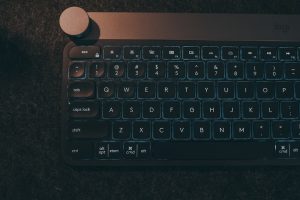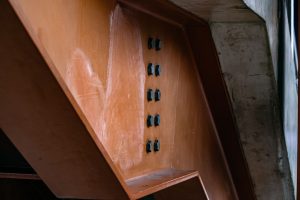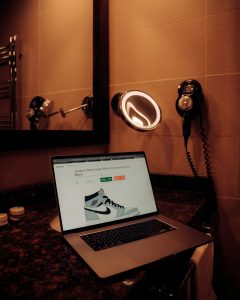Respondus LockDown Browser and Respondous Monitor
3 min read
Online education and remote assessments have become increasingly prevalent, and with them comes the need for secure and reliable testing environments. Tools like Respondus LockDown Browser and Respondus Monitor have emerged as critical resources for maintaining academic integrity. These technologies work together to help educators prevent cheating and ensure fairness during online exams.
But how do these tools actually function? Are they effective? And what should students and instructors know before using them?
What is Respondus LockDown Browser?
Respondus LockDown Browser is a custom web browser designed to create a secure environment for taking online exams in platforms like Canvas, Moodle, Blackboard, and others. When students use LockDown Browser, they cannot:
- Visit other websites
- Open additional tabs or applications
- Copy, paste, or take screenshots
- Access messaging or screen-sharing tools
This is especially important when exams are being monitored remotely, as it allows instructors to better trust the results of the assessment. The interface is stripped down and often disables function keys, right-click options, and more.

What is Respondus Monitor?
Respondus Monitor is a companion application to LockDown Browser. It adds an extra layer of security by using the student’s webcam to record and analyze their behavior during an exam. Monitor uses artificial intelligence to detect suspicious activities, which are then flagged for instructor review.
Key features include:
- Webcam-based identity verification
- Facial detection and tracking
- AI-powered flagging of potentially dishonest movements or actions
- Automated reports with time-stamped incidents
The result is a full record of the exam session, which can be reviewed if there are concerns about a student’s behavior.
How Do These Tools Benefit Instructors?
The primary benefit for educators is the confidence that student assessments are being conducted fairly. This is particularly important in high-stakes situations such as final exams, standardized tests, or certification assessments.
Other advantages include:
- Reduced need for live proctoring
- Immediate availability of recorded sessions
- Detailed analytics and incident reports
- Seamless integration with learning management systems

What is the Student Experience Like?
For students, using LockDown Browser and Monitor can feel a bit restrictive at first. Before starting an exam, students may be required to show identification, create an environment check video, and read instructions provided by the instructor.
Common concerns among students include:
- Invasion of privacy due to webcam use
- Connectivity issues during exams
- Compatibility problems with older devices
- Stress induced by time limits and monitoring
To reduce anxiety, many instructors offer practice exams using LockDown Browser and Monitor. This gives students a chance to test their setup and become familiar with the software.
Privacy and Ethical Considerations
One of the most frequently discussed topics around Respondus Monitor is data privacy. Since Monitor records video, audio, and screen activity, students are right to question how their personal data is being used and stored.
Respondus has stated that they store video data in secure, encrypted environments and only for the duration necessary for academic review. Still, institutions are encouraged to provide transparency about use policies, storage timeframes, and opt-out options when possible.
Final Thoughts
Respondus LockDown Browser and Monitor are powerful tools that help maintain academic fairness in an increasingly digital education landscape. While they do come with challenges—especially regarding privacy and accessibility—they offer valuable solutions for instructors seeking integrity in remote assessments.
As technology continues to evolve, it will be essential to balance security with user empathy, ensuring that all students can demonstrate their knowledge in a respectful and equitable environment.



